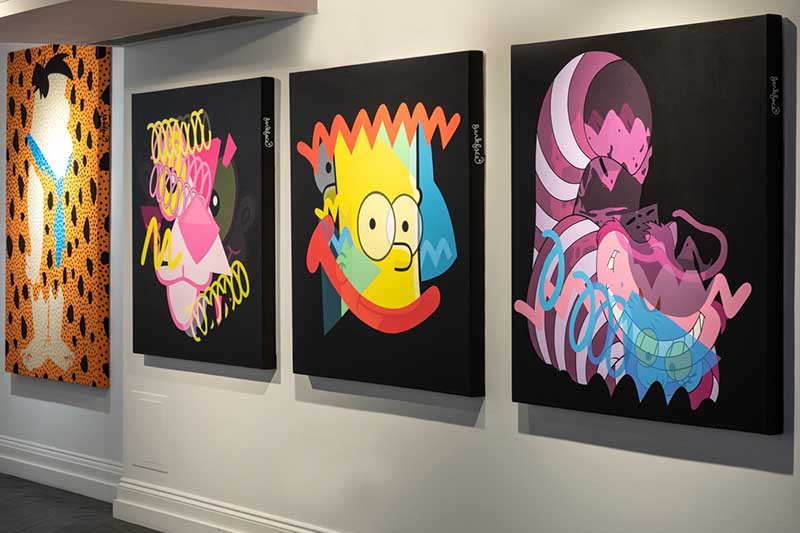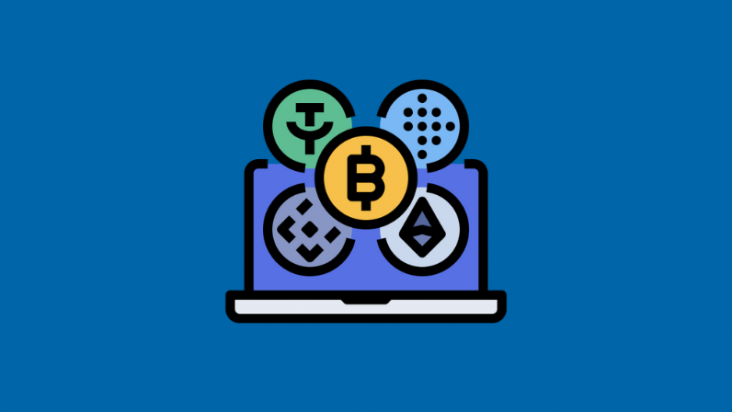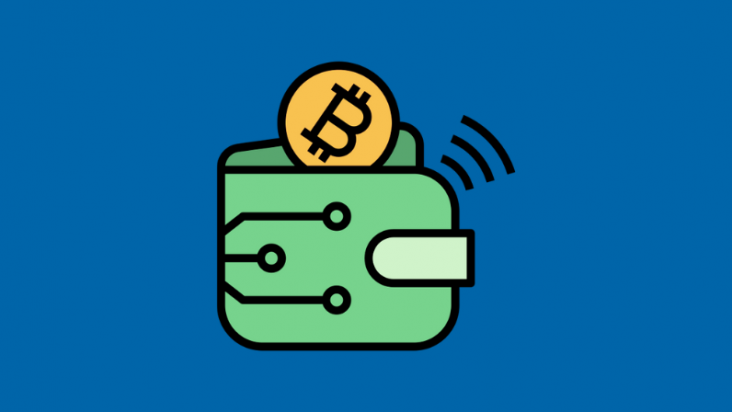
Humanity’s interest in art is a historical constant. Even in Ancient Babylon, around 500 BC, auctions were already held where the rich could buy various works of art, and even in the present day art investment is seen as a manifestation of luxury and wealth. People tend to sell and buy paintings, jewelry, sculptures, musical texts, and much more.
The coronavirus pandemic has left an impact on the auction system. If before one usually had to come to a closed venue, get their invitation verified, and remain physically present at the event until its end, today you can easily do all that online, during a typical Zoom conference, then simply transfer money from your bank account. Art investment is more accessible now than it has ever been in the past, but one thing remains unchanged: auction houses rake in big money.

People’s trust towards auctions does not falter. Potential buyers can analyze the goods in advance to assess their condition or to see what the marketers think about a certain product. Then the auction house sets the purchase step and the minimum asking price. The procedure is all very transparent.
In fact, for the first 6 months of the pandemic, art generated returns that surpassed hedge funds, commodities, real estate, and private equity. This proved resilience in action even as various financial markets around the world struggled. This resistance goes beyond correlation and volatility, as contemporary art also provides excellent protection against inflation. The art market had shown more substantial price increases than gold and the S&P during periods when inflation exceeded 3%, all due to growing markets such as Asia and Africa being able to sell and buy art in the US.
It should also be noted that the emergence of NFTs has significantly affected the modern art market. Christie’s may have sold various novelties in the past, like celebrity plushies, but it has more recently made a splash by deciding to sell NFT collections, with a major auction house selling enough NFTs to set a market-wide standard. People were eager to see just how much investors would be willing to pay, with many estimating the amount at $30 million.
2021 has been an important year for NFTs in the mainstream market. It started at Christie’s in March when they sold the artist’s digital collage Beeple Everydays: the first 5000 days for $69 million, which marked the beginning of the so-called new era. Sotheby’s was not far behind: in April, they have started their own auction, selling $17 million in NFTs from an artist named Park. Upon seeing such results, auction houses were ready to dive into this wonderful new world. In fact, by the end of 2021, major auction houses were packed with people looking to sell and buy NFTs.
Sotheby’s sold $65 million worth of NFTs, and Christie’s sold an impressive $100 million. Sotheby’s even launched an NFT platform for auctions in the Metaverse. The Big Three even started accepting Bitcoin and Ethereum as payment, which also impacted the market as a whole. This became the defining moment that could have consolidated the NFT market and proved it was not a passing fad.
When a seller lists an item at an auction house, potential buyers can analyze it in utmost detail. In traditional auctions, buyers already know the score and have an idea of how good or bad a product is, but it doesn’t work that way with NFTs since relatively few people understand what they are. Sotheby’s Vice President of Digital Art once said that buyers didn’t even know what to do with NFTs after they bought them or how they could use them.
In addition, there were rumors that Sotheby’s abandoned such auctions due to Ethereum’s fall in value (most NFTs are sold for this cryptocurrency), which makes sense. Unfortunately, when the auction failed, it damaged the reputation for NFTs as a whole, making the newly-formed auction community look amateurish and speculative.
Yet, art is still an obsession for a lot of people. Two months after that mistake, in May 2022, Sotheby’s broke records by selling the Mucklow collection for a billion dollars. Christie’s and Phillips were not far behind. The 2022 spring auction season brought in $2.5 billion, showing that NFT auction houses were more than viable. So, while some buyers cash out for an NFT they do not understand, the potential lies elsewhere. In terms of security, NFTs are not going anywhere, remaining a feasible way for artists to receive royalties from every transaction, which is arguably one of their best features. Art can also afford more security by allowing public authentication via the blockchain. This coexistence is the most beautiful things of them all. Auction houses use NFTs to attract new participants into the crypto world and push them towards fine art, wine, furniture, and expensive cars — all the things that investors around the world understand. NFT auction houses survive and will continue to dictate prices, whether out here, in the real world, or in the Metaverse.
As long as humanity exists, people will invest in art, and it does not matter if it is physical or digital. Experts expect the NFT market to continue skyrocketing as people gradually begin understanding and applying its benefits. So, if the very first NFTs were sold for a few dollars, today they are worth several thousand and even millions of dollars. In addition, it is becoming a popular trend to use them as profile pictures on social media, in computer games, or even just to show off to some friends.







